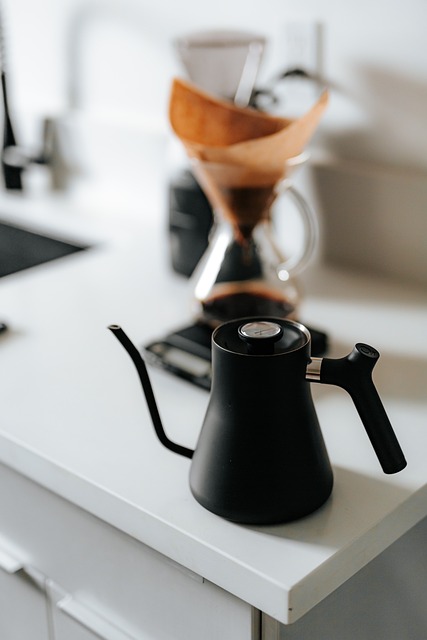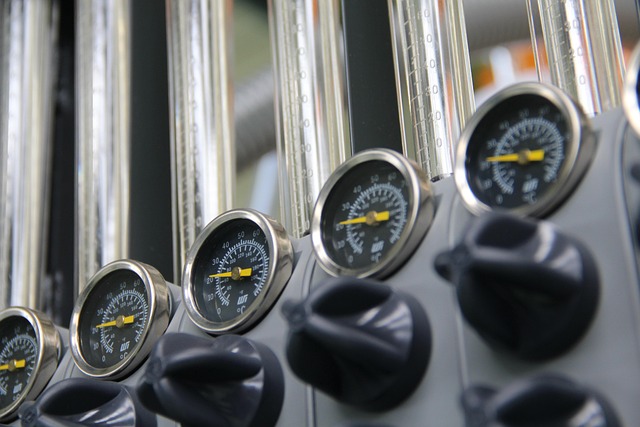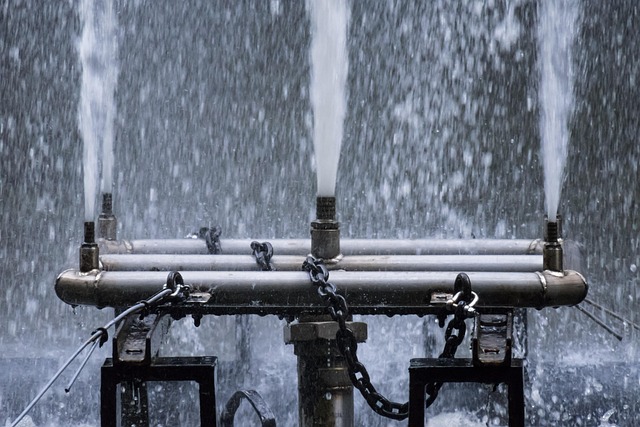Low water pressure issues stem from various causes like outdated pipes, corrosion, low tank levels, or boiler malfunctions. To fix, locate and inspect pipes, test pressure, diagnose further if needed, and prioritize root cause resolution. Long-term solutions include installing a water pressure booster or regulator, replacing worn pipes, upgrading appliances, or consulting a plumber for expert advice.
Struggling with low water pressure at home? This comprehensive guide will help you pinpoint and resolve the issue efficiently. We’ll walk you through identifying common causes, from leaks and clogged pipes to faulty valves or outdated fixtures. Learn diagnostic steps for an accurate assessment and discover effective solutions to restore full pressure. Fix your low water pressure problem today!
- Identify Common Causes of Low Water Pressure
- Diagnostic Steps for Accurate Assessment
- Effective Solutions to Restore Full Pressure
Identify Common Causes of Low Water Pressure

Low water pressure can be a frustrating issue, but understanding its causes is the first step to fixing it. Some common culprits behind this problem include outdated or damaged pipes, corrosion and mineral buildup inside pipes, faulty valves or fixtures, low water levels in the storage tank (for tanks), and even issues with your main water supply line.
If you’re dealing with low hot water pressure, specific components like a malfunctioning boiler or water heater could be to blame. Corrosion on heating elements can reduce efficiency, while sediment buildup can restrict water flow. A leak in your boiler or pipes leading from the water heater could also cause a drop in pressure. In such cases, calling a plumber for expert help with boiler repair is often recommended rather than attempting DIY fixes that may only offer temporary solutions.
Diagnostic Steps for Accurate Assessment

To accurately assess and fix low water pressure, it’s essential to take a systematic approach. Start by locating buried water pipes and identifying potential areas of leakage or blockages. Check for visible signs of damage or corrosion along the pipe’s route, as these could be indicators of the problem. Next, low water pressure causes and remedies can often be diagnosed through a series of tests. Turn off all taps and appliances that use water to eliminate excessive demand. Then, check the pressure gauge at your main water shut-off valve; a low reading suggests a problem with the supply or distribution system.
If the initial checks don’t reveal any obvious issues, further diagnostics may be required. This could involve testing faucet aerators for buildup, inspecting water filters for clogging, or even calling in a professional to help locate hidden problems. Remember, understanding long-term solutions for low pressure requires addressing the root cause rather than merely treating symptoms. Regular maintenance and prompt repair of leaks can significantly prevent future episodes of low water pressure.
Effective Solutions to Restore Full Pressure

Low water pressure can be a frustrating issue, but there are effective solutions to restore full pressure in your home or office. One common approach is to install a water pressure booster, which increases the pressure at the source before distribution. This is particularly useful if you have low pressure throughout your entire property, indicating a system-wide problem. A plumber Bromsgrove can help determine if this is the best course of action for your situation.
Alternatively, a water pressure regulator can be installed to maintain consistent pressure, preventing sudden drops that cause low water pressure fix needs. For more temporary or localized issues, home remedies for low water pressure like clearing mineral build-up from fixtures or replacing worn-out pipes might suffice. In contrast, if the problem is isolated to a specific appliance, such as an old showerhead, upgrading to a high-flow model can significantly improve water pressure. Water pressure booster vs. tankless heaters also offer different benefits, with tankless providing continuous hot water but potentially lower pressure during peak usage times.
Low water pressure can be a frustrating issue, but with the right diagnostic steps and effective solutions, it’s easily fixable. By identifying common causes like leaking pipes, mineral buildup, or faulty valves, you can take targeted action to restore full pressure in your home or business. Don’t let low water pressure slow you down – tackle the problem head-on and enjoy the revitalizing flow of water again. For a lasting fix, consider regular maintenance and professional assistance when needed. Remember, addressing low water pressure promptly ensures a more comfortable and efficient living environment.
